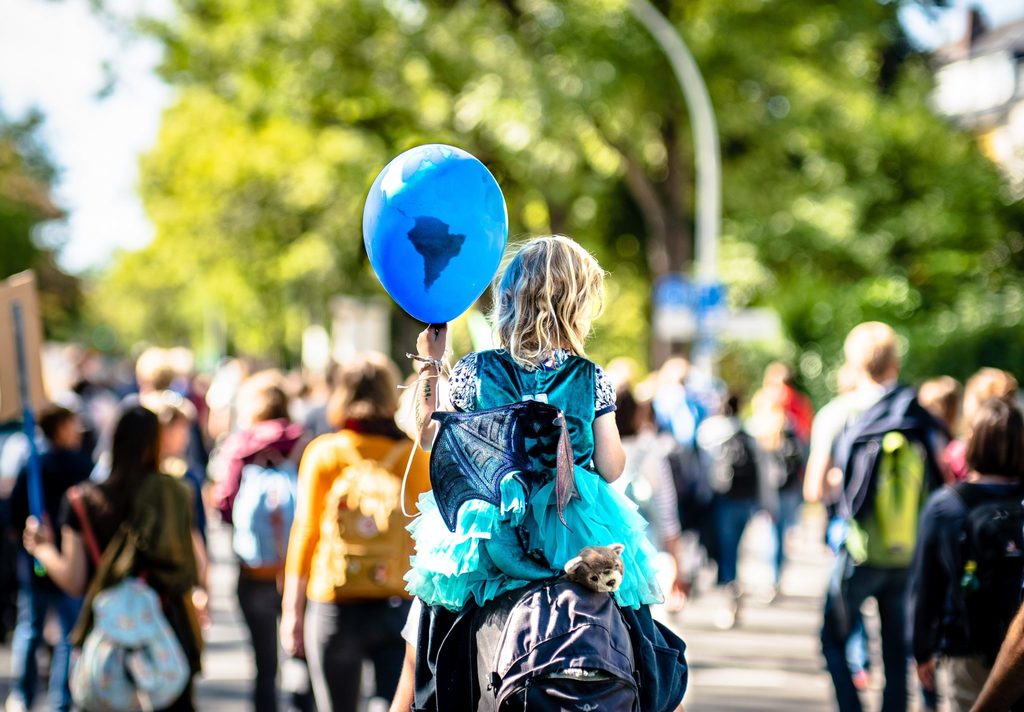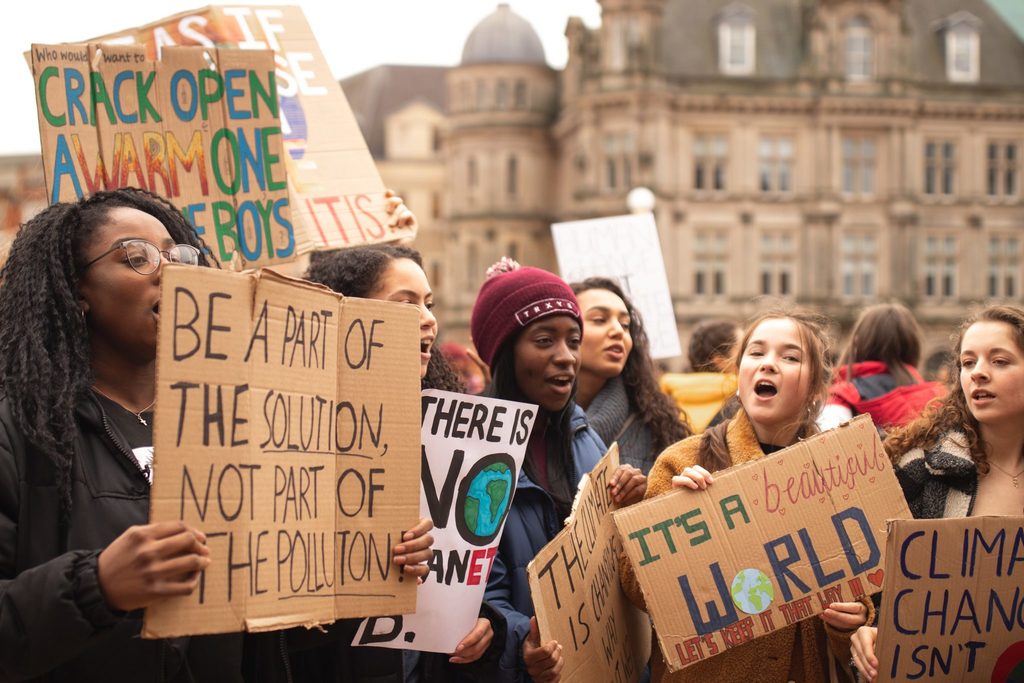Good news! A positive look at the latest climate action
It’s not all doom and gloom. Here are some good news stories from the world of sustainability.
When it comes to climate breakdown, it’s easy to get overwhelmed by bad news. But once in a while, it’s good to remind ourselves that the situation isn’t hopeless.

Because the fact is, there are people around the world doing their best to fight the climate crisis. They’re organising protests, beach clean-ups and widescale tree planting. They’re not letting the big polluters go unchallenged.
So today is all about good news. Let’s take a look at some of the positive stories in the world of climate action.
People are demanding change
2019 is the year of the protest. We’ve seen towns and cities across the world engage in climate marches, strikes and protests. Most notable is the Fridays for Future movement, led by schoolchildren including Greta Thunberg.

Earlier this year, Fridays for Future attracted 1.4 million people in 128 different countries. This groundswell of attention sparked further action, including September’s protest in the UK. It was the biggest the country had ever seen, with over 300,000 people in attendance.
The evidence is clear — people have had enough with the old way of doing things. Thankfully, it appears those in power are listening.
Businesses are taking action
On the back of the climate protests, it was important to maintain momentum. In the business world, there are a few great examples of just that.
In the US, action is being taken on the travel front. Company Flixmobility is piloting a long-distance electric bus service to target those who would otherwise drive or fly.
Its focus is on making public transport more appealing and accessible in today’s tech-centric world — offering Wi-Fi and real-time tracking, much like modern taxi apps.

More generally, we’re seeing companies get serious about sustainability. Nearly half of Fortune 500 companies now have at least one climate or clean energy target. In the same group, we’ve also seen emission reductions equivalent to removing 45 coal plants offline for a year.
It’s clear that the world’s largest brands realise the public demand — and environmental benefit — of taking climate breakdown seriously.
The natural fightback
Closer to home, we’re seeing natural solutions to the climate crisis. Scotland has increased its efforts to restore peatlands — which store twice as much carbon as forests.
These natural carbon sinks have been abused for centuries, but now funding has been made available for landowners to recreate valuable peatlands.

Likewise, we’ve also seen a massive upturn in the demand for tree planting. Almost every major political figure in the UK has set targets to plant millions of new trees to improve our carbon-capturing ability.
While the effectiveness of this method has been doubted in some quarters, it’s good to see natural solutions on the agenda.
It’s on the global agenda
Italy has announced that, beginning in September 2020, all students will receive 33 hours of climate change education per year. That equates to around one hour per week, meaning that students will be constantly reminded of the issue at hand.

Also in Europe, Sweden’s central bank has sold off certain bonds in Australia and Canada because it felt their emissions were too high. This is a huge change in the way things have traditionally been done. Banks need stable, guaranteed returns on their investments, so fossil fuels were a safe bet. That’s no longer the case.
Similarly, the African Development Bank has refused to fund a coal-fired power plant project in Kenya because of fears over emissions. It joins a host of other funding bodies that have started to make climate-conscious investments.
The power of communication
Language in sustainability is constantly under scrutiny, and an issue which can make a huge difference.
Earlier this year, British newspaper The Guardian updated its style guide to highlight the urgency of the climate crisis. They no longer recommend the term ‘climate change’, preferring instead ‘climate emergency, crisis or breakdown’.

Following that, they reviewed their image policy. Their conclusion was to avoid the old cliches of climate breakdown — for example, a polar bear on a block of ice — in favour of human-centred imagery. The issue we’re facing is not just about wildlife, but also an existential threat to human life. This subtle change is a positive step.
And lastly, to prove the significance of the progress we’ve made in the last year, let’s look at the Oxford dictionary’s word of the year: ‘climate emergency’.
Yes, it’s technically two words, but the award also considers phrases and sayings. Needless to say, no phrase has been more pertinent over the last year.



